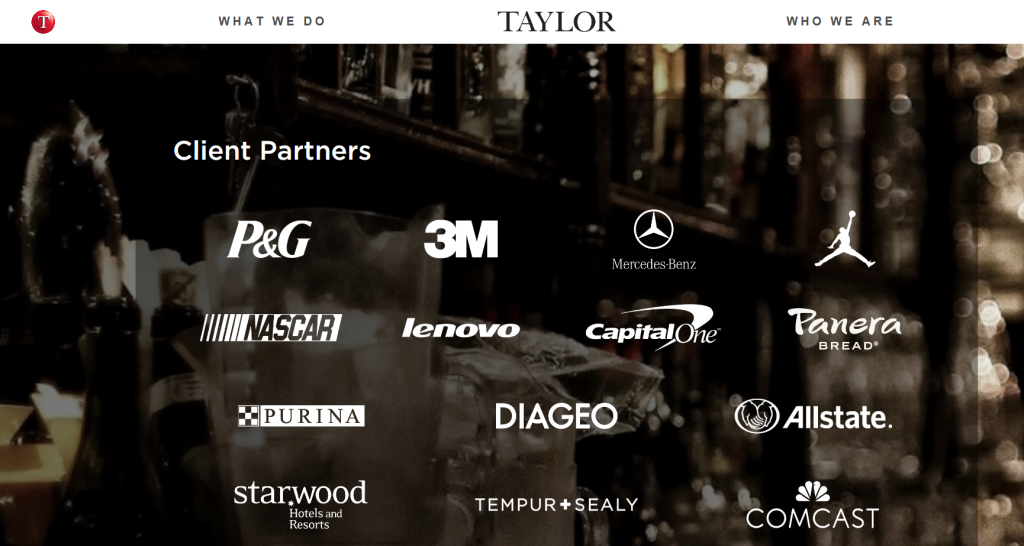When I was in undergrad at Purdue, my Com 318 Principles of Persuasion course went in depth with the numerous ways to persuade customers to buy your product in advertising. In the course we studied Robert B. Cialdini’s book Influence: The Psychology of Persuasion in which Cialdini lists 6 basic principles that influence people. These techniques have stuck with me ever since and I see examples of them being used all of the time. In advertising, it is important to understand how your audience is going to react to certain methods. The first key principle is:
1: Reciprocity
It is human nature to want to return a favor or compliment; it’s that feeling you get if someone gives you a birthday present, and you feel the need to get them something on their birthday. In marketing and communications, companies can use this in social media, by following or retweeting a person, they will be more likely to do the same. Advertisements with free samples are also utilizing reciprocity. It can also be used to maintain current customers through giving top sales teams trips of gifts. They will feel like they owe the company for these unexpected favors and in turn sell harder or remain loyal. In an About Money article by Lahle Wolf, she recommends being the first and last to “give” something. Have you ever experienced a store slipping in coupons in your bag as you are checking out? They are practicing reciprocity and expecting you to return to the store to use them.
2: Commitment and Consistency
People like to remain consistent in their actions and are more likely to follow through with something if they commit orally or in writing. A personal example is back in undergrad, I was walking through a building on campus that tables set up for student organizations to promote their causes and whatnot. One group called me over and had a display about how using the word “retarded” in a derogatory way is extremely disrespectful and had a large poster they were getting people to sign and commit to never using the word in a derogatory way ever again. Using that word wasn’t a regular part of my vocabulary, but growing up in grade school where kids would use it a lot, I suppose it would slip out occasionally, so I signed the commitment. To this day, 6 years later, I remember that commitment and consciously make an effort to never use the word offensively. If I ever slip up, my mind goes straight to that commitment and I feel dissonance. Markers can use this to get people to commit, whether it be signing up for eblasts, social media, webinars or to be a brand ambassador.
3: Social Proof
People tend to follow the pack or the trends. We will gather other people’s opinions before we make a decision or fully commit. Think about it in terms of social media; are you more likely to follow someone with 50 followers or 50,000? Probably 50,000 because we are thinking, if so many people follow this person, they must have good tweets! Social proof is why companies want to have a good Yelp review or put testimonials and client’s logos on their websites.
4: Like-ability
The title gives this one away, we are more likely to do business or buy product from someone we like. We see this in Presidential campaigns – we vote for the favorite candidate and even their looks can persuade us. Physical appearance has a lot to do with this category, not only with the spokesperson, but with the physical appearance if the website, social media site, or product.
5: Authority
The public is more likely to obey authority figures. Are you more likely to talk back to a police officer, your boss, a professor, or a random person? Most likely the random person who has no authority over you. We have an internal need to please people with authority and often look to those who are subject matter experts when making a purchase or large decision. Even presenting yourself as the expert can influence someone’s desire to do business with you. This can even be traced back to The Pitch, where coming across and knowledgeable and educated can win the business.
6: Scarcity
This tactic may be my favorite and I see it all the time – making a product sound scarce or like the opportunity is about to expire. If customers feel like something is scarce, it will generate a demand; they feel like the item is more desirable when it is limited. How many times a day do we hear “limited time offer”, “one day only”, or see that countdown on websites – “there are only 2 more left in stock!” Customers feel as if the item is all of a sudden difficult to find, so they have the urge to act quickly.
Now that you know and can recognize these 6 key principles of influence, I encourage you to practice them ethically. I’m not sharing these techniques for you to take advantage of people’s human nature, but to simply advertise your product in an effective and persuasive manner. What is the technique you feel gets used the most? Do you have any personal experiences with one of these principles or persuasion? Feel free to comment!
References:
Cialdini, R. B. (1993). Influence: The psychology of persuasion. New York: Morrow.
Lahle Wolf – About Money – The Principle of Reciprocity and How it Applies to Business
Jeff Sexton – The Social Media Examiner – 6 Powerful Social Media Persuasion Techniques
Manuel Jaeggi – Postcron – Use these 6 principles of the science of persuasion to get more customers before your competition does, or you might lose your business!
Megan Ritter – Demand Gen Report – The Art of Persuasion: 6 Effective Techniques for B2B Marketers







One Response to Persuasion in Advertising – 6 Ways to Hook Your Customer